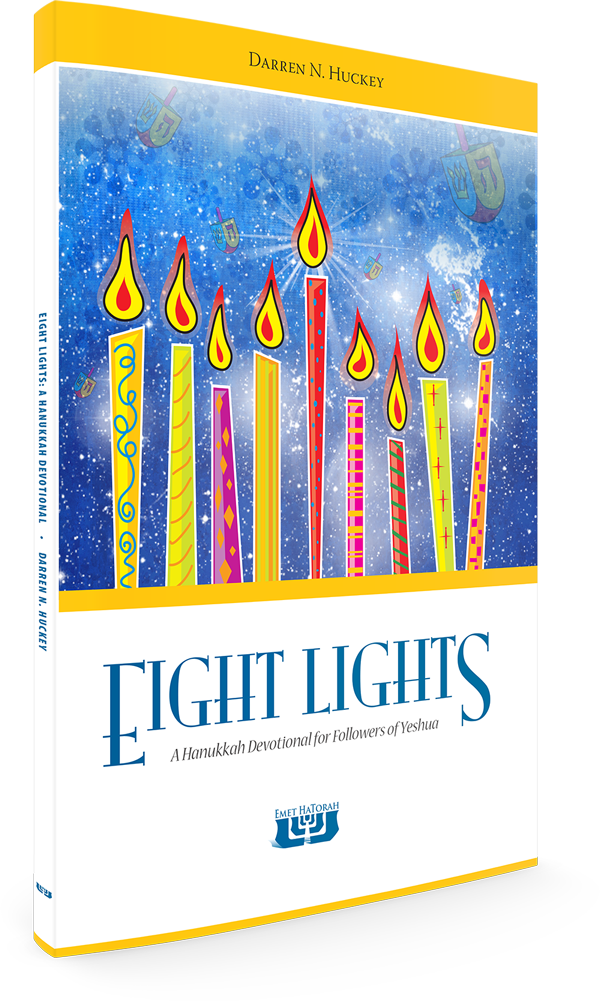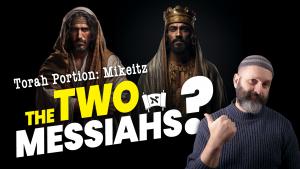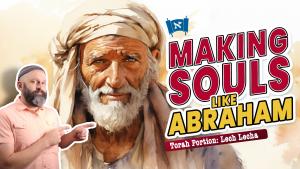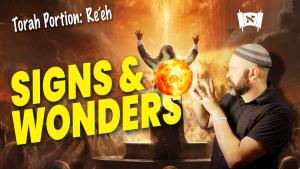Welcome
Welcome to Emet HaTorah, where we connect disciples of Yeshua to the eternal Torah of God. We're blessed to have you here! We hope to be an online source for discipleship resources from a Messianic Jewish perspective. If you're new to Emet HaTorah have a look around and enjoy some of our online teaching resources and sign up for email updates. You'll be blessed!








